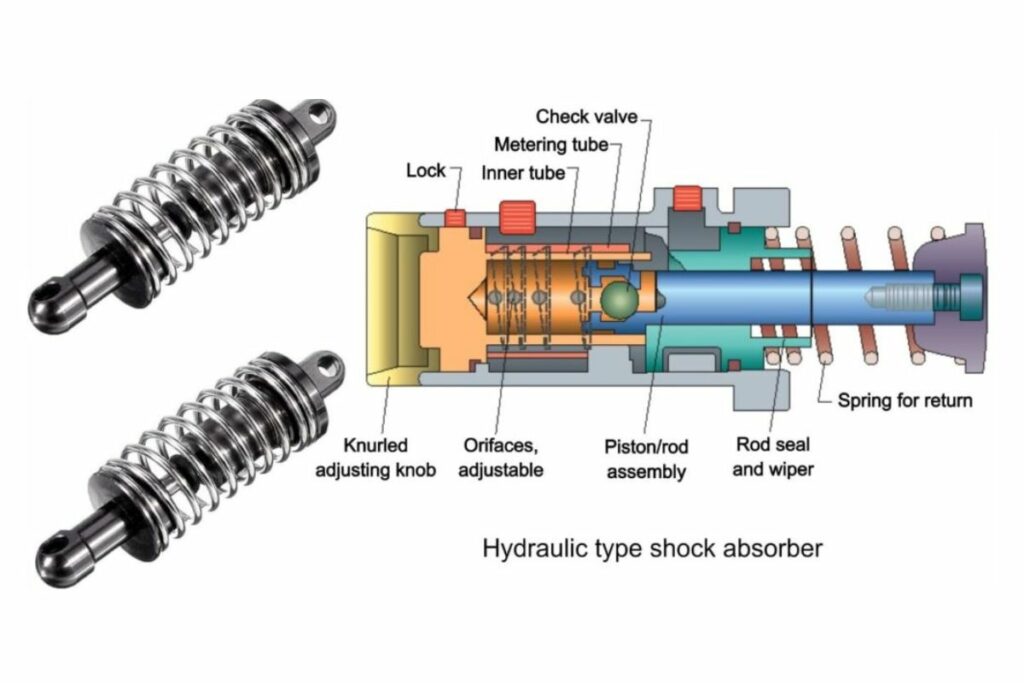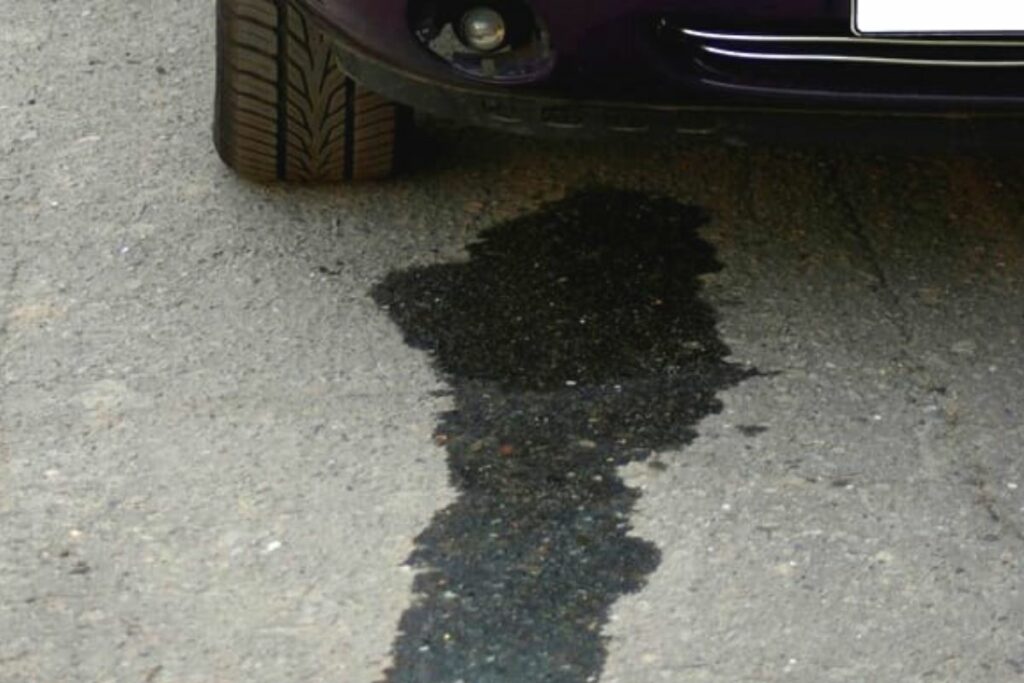6 Signs Your Car’s Shock Absorber Needs to Be Changed
So, you own a car and follow a service maintenance schedule, but do you really know your car? To get down to the finer details, do you know everything about your car’s shock absorber and how to tell it’s due for change?
Based on a quick survey amongst our friends and family, drivers only find out there’s an issue with their car’s shock absorber when they’re caught in an unfortunate situation. In other words, when it’s too late.
To ensure your road safety and the general wellbeing of your vehicle, here’s everything you need to know about a vital part of your car, the shock absorbers.
Read More:
- 7 Signs You Need A New Car To Replace Your Current One
- 8 Essential Car Care Tips for the Rainy Season
First, what is a shock absorber?
As its name suggests, a shock absorber absorbs shock!
It is a hydraulic tube that’s positioned between the frame of a car and the wheels. Its primary purpose is to absorb or reduce the compression and rebound of the springs and suspensions in your vehicle. To put it simply, it’s the device that ensures you enjoy a smooth ride without all the bumps and shocks from rough roads.
To get into the technical details, this system works by using the movement of your suspension, known as kinetic energy; and converting it into heat, otherwise known as thermal energy. This heat is released into the atmosphere using the basic principles of heat exchange which reduces impact to the passengers in the vehicle. The mechanisms of this may sound complicated, but the actual reality of the process is quite simple.
Essentially, shock absorbers are small hydraulic tubes that ensure you experience a comfortable ride.
What does a shock absorber really do?

Keep your tires on the ground. It is impossible for you to make a turn or hit the brakes if your vehicle is above ground. The shock absorber pushes your tyre against the road surface, ensuring that it stays in contact with the ground at all times.
Slows down suspension wear. Having a shock absorber that softens the impact of rough roads on the vehicle helps reduce the load on the other components. This is why it’s important to opt for better quality shock absorbers and ensure on-time replacements.
Stabilizes the movement of a vehicle (side-to-side). Shock absorber helps to dampen side movements. It ensures the stability of the vehicle by preventing excess leaning to the side when you take a corner or make sharp turns.
Softens the vertical movement of vehicles (up and down). These little hydraulic tubes work to reduce the shock, bounce and rough motions of the road to vehicle passengers. As explained at the start, this is done by converting the movements into heat that is then released into the environment (kinetic energy > thermal energy)
6 signs your shock absorbers need to be replaced
Now that we understand the function and importance of a shock absorber, here are some things to look out for to ensure you replace them on time.
1. Leaking

One of the most common signs your shock absorbers need to be changed is when it starts to leak. As it’s a hydraulic device, it contains fluid. If you notice even the slightest leak, take your car in for a check-up. To ensure you don’t miss any signs of leakage, check your car parts frequently for tell-tale signs.
2. Nose-diving & veering
If the fluid in your shock absorber has passed the seal, your car might swerve and lurch forward when using your brakes. This feels like a forward jerking movement and can affect your brake speed and distance as well. If it’s something you notice occurring with your vehicle, don’t wait to put off a check-up as you can lose control while driving.
3. Intense vibrations
Like nose-diving, a worn out shock absorber shows up in excessive vibrations while driving, especially if the vibrations seem to come from your steering wheel. It’s important to be mindful and aware of your car’s movements to ensure a smooth and safe journey.
4. Bouncy & bumpy rides
If you want to test your vehicle’s shock absorber, try driving over a bump and see how long your vehicle continues to bounce. Movements that last longer than usual (or after you’ve passed the bump) is an indicator of distress on your absorbers.
5. Unstable steering wheel
Another indicator is when your steering wheel vibrates, shakes or appears unstable while driving on bumpy roads. If you notice a change in the way your car behaves, it’s time to take it in.
6. Cupped tires
Worn out shock absorbers impact your tires due to excessive shock. Check your tires and look for dents, otherwise known as ‘cupping’ along the tire threads. If present, you would need to change your shock absorbers and impacted tires.

From this article, you can see how a small component can affect the overall car from the steering wheel to your tires. However, the importance of a shock absorber in ensuring the safety of drivers and passengers isn’t talked about enough. If you’ve read this far and are aware of its functions and warning signs to look out for, share the information with other drivers to keep each other safe on the road.
Source of information: YMF Car Parts | Monroe | Able Tire and Brake | WapCar
The information contained in this blog is provided for informational purposes only, and should not be construed as advice on any matter. Etiqa accepts no responsibility for loss which may arise from reliance on information contained in the article. This information is correct as of 1st September 2022.
